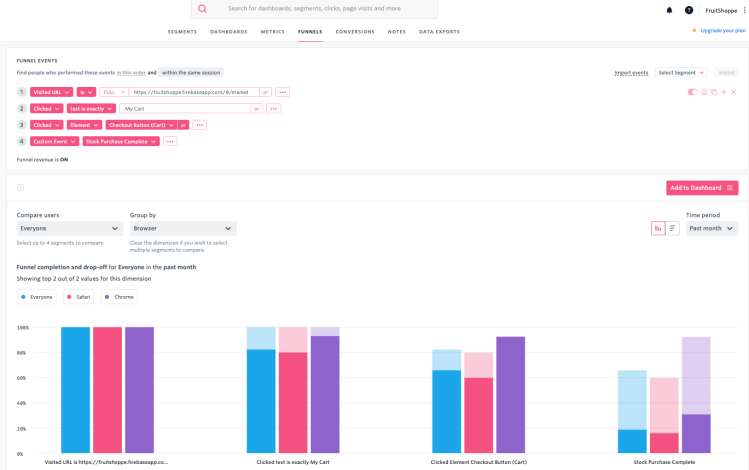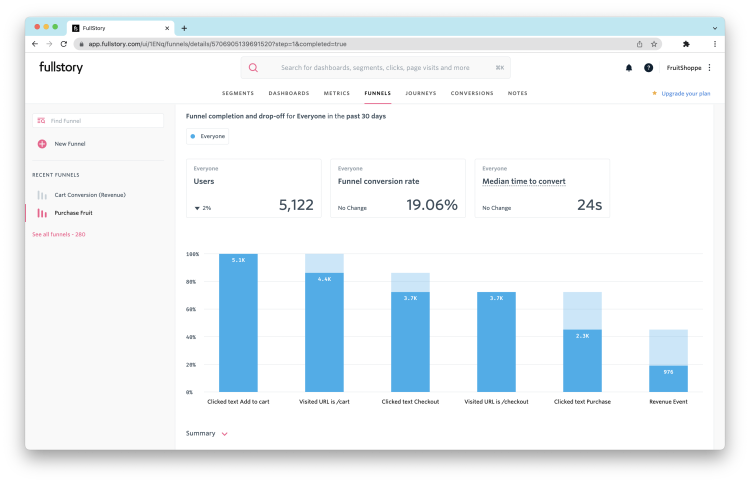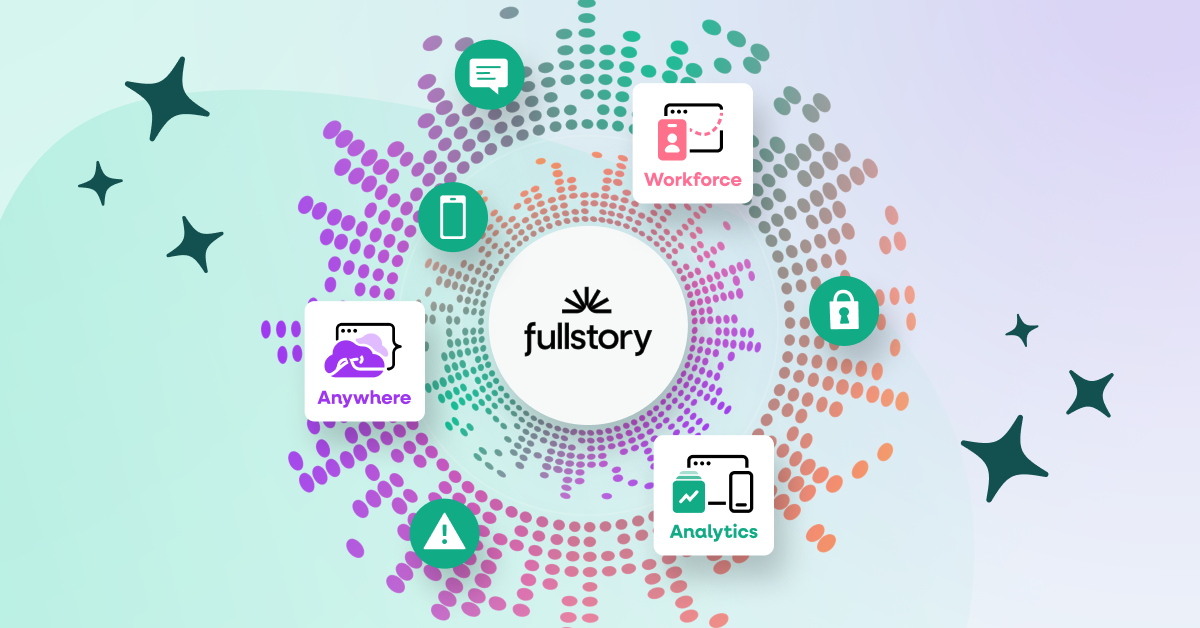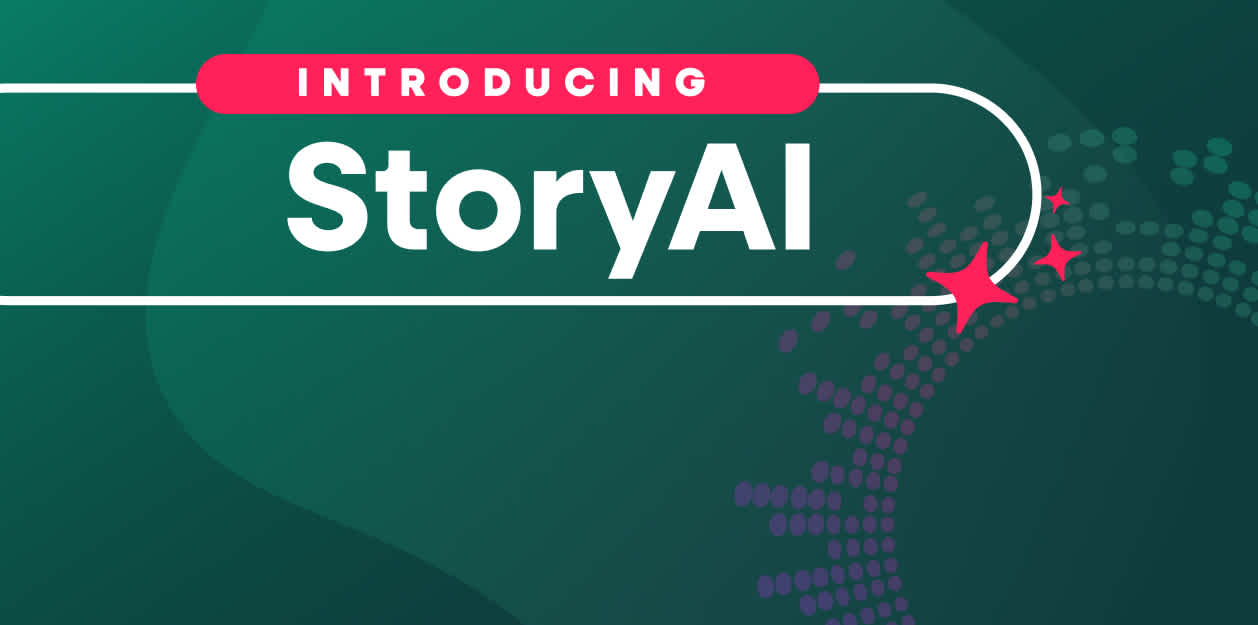Updated March 24th, 2021
Article summary: Out of the box, Fullstory offers funnel analysis capabilities that are flexible, powerful, and instrumentation-free. Here we explore how Fullstory funnels solve three common problems with conversion funnels and help you optimize your key workflows.
Funnels: Your users’ stories of success (or failure)
With roots that trace back to 1898, the “purchase funnel” has traditionally been used to understand the steps along the path to conversion: Awareness, Interest, Desire, and Action.
Fast forward to today and the original purchase funnel has inspired sales funnels, marketing funnels, customer success funnels, conversion funnels, and many more. In the digital world, funnels help us measure if customers successfully move through multi-step workflows. And while that measurement is valuable, it’s no longer enough to simply know how many customers complete a funnel. The real value lies in seeing and understanding why users behave the way they do inside that funnel.
Right out of the box, Fullstory has a powerful conversion tool–one that allows you to create precise funnels based on user segments, events, and nuanced attributes that you choose. This lets you actually see why customers aren’t making it through a workflow as intended, so you can adjust accordingly to improve conversion rates.
And this is all possible without any advanced configuration.
Why traditional funnel tools fall short
Funnel analyses are essential to conversion optimization, and they’ve become a standard part of web analytics reporting. But are they actually beneficial in this capacity? In many cases, funnel on the web have shortcomings that can diminish the value of their insights.
Consider these three common problems with traditional funnel analyses:
Inability to analyze linear and nonlinear user flows: Historically, funnels occur in a particular, linear order (for example, Step 1, then 2, then 3). When user actions are sequential, it’s important to understand if they follow the expected path. However, online user behavior is often not linear at all. They might hop around your navigation or jump into and out of search. They might engage with your site, leave, and come back later. The point is, there are many different paths users can take to conversion. This nonlinearity doesn’t make funnels irrelevant, though–it means that your funnel analysis must be flexible enough to capture complex paths and run numbers in myriad ways.
Implementation is complicated and time consuming: With traditional instrumentation methods, funnels can require lots of time to set up, which limits how much information you can capture and analyze. So, when you’re forced to enter the precise funnel path you want to monitor, you have to proactively define that path and then wait to get data. And if you set up the funnel incorrectly? That’s a whole other story.
Tracking limitations: Many web funnel tools will only let you enter funnel steps as URLs or pages visited. This means you have no way to investigate micro-steps like clicks, scrolling, and any number of other things that can happen once a user lands on a page.
Any of the above problems can severely limit or skew the data you get from your funnel analyses. And, unfortunately, many web analytics tools don’t have the necessary user interaction data to create meaningful insights or the flexibility to effectively serve that data in funnel format.
Funnels n Fullstory
Visited URLs, clicked CSS selectors, and any user interactions you want to analyze with Fullstory Funnels
Fullstory captures everything about your users’ online experiences to provide you qualitative insights through session replay. But Fullstory is far more than just a session replay tool.
Unlike many analytics tools, Fullstory indexes all captured data so that you can search through it and segment your sessions in nearly infinite ways. And Fullstory requires no manual tagging–giving you the freedom to decide on-the-fly what you’d like to search and analyze. No matter how you slice and dice your data, Fullstory will surface all of the sessions that match your search.
Additionally, Fullstory allows you to aggregate data into Dashboards, for at-a-glance monitoring of quantitative insights like:
Trends over time for daily, weekly, and monthly active users
Your most frustrated sessions within a user segment
Your top users, most “Rage Clicked” items, top referrers, browsers, heatmaps, and more
This quantitative and qualitative one-two punch means your high-level web analytics are always tied to real user experiences.
This knockout combination is part of what makes Fullstory Funnels so powerful. Fullstory users can search for any event, refine the search results by applying a segment or specific user attributes to the search (like location, session length, browser), and Fullstory will find those sessions and generate funnel analytics automatically.
Stringing together whatever events you want to analyze is as easy as typing them into Omnisearch. Plus, the ability to specify whether you want to see events “in this order” or “in any order” solves one of the major problems of traditional funnel analytics.
With Fullstory Funnels, you can quite literally build a funnel for any user flow you can think of.
Funnel examples
Funnels are made up of two or more events. In Fullstory, the number of bars you add will correspond to the number of steps in your desired funnel. If no user sessions match the funnel you’ve created, Fullstory will let you know so you can refine your search as needed.
Maybe the funnel you want to analyze is as simple as: users who, in this order, visited your website → interacted with a specific modal or overlay → clicked your call-to-action button.
Pretty straightforward.
The great part about the Fullstory Funnels tool is that you can also create and analyze funnels that are far more complex.
For example, Maybe you want to investigate the paid traffic to your top landing page → that sent users to your pricing page → where they interacted with your pricing configuration tool → then read a case study → left your site → but came back through a retargeting effort → and then converted.
Again, simply search in Fullstory for these events, and then add order, user, and session filters to refine your analysis.
Diagnose and optimize your conversion funnels using Session Replay
Once you’ve identified the biggest leaks in any given funnel (and there may be more than one), it’s time to move from initial analysis to diagnosing the issues with session replay. Playing back user sessions allows you to see the on-page experience through your users’ eyes to get to the root cause of funnel drop out. Watching sessions can help you generate hypotheses to test, ideate experiments to run, and more.
To make the most of your replay analysis, follow these steps:
Save your funnel as a Segment to easily use it for future analysis
Identify which steps in your funnel you want to troubleshoot, and exclude the event filter at the point of failure. (Do this by dragging the event you want to troubleshoot to the “Exclude” section at the bottom of Event Filters. The session list in this revised query will only include sessions containing all the steps in your funnel up until the drop out point.
Watch these sessions and take notes on any behavioral trends.
As you replay sessions in your funnels, look for bugs and misbehaving UX design, as these could be the culprits of funnel drop-off. Once you’ve gotten a good sense of what’s going wrong in your funnel, it’s time to hypothesize, test, and experiment to optimize your funnel flow.
Once you’ve adjusted how users move through your funnel accordingly, let some user data accumulate and then run your funnel analysis again.
To read more about using session replay for conversion rate optimization, check out these tips from our partners at UserConversion.
Tip: Bookmark how to use session replay as a conversion optimization tool for a more detailed strategy for session replay analysis.
Or learn more about session replay for conversion rate optimization.
Get actionable insights with Fullstory Funnels
Fullstory Funnels are designed to be both powerful and highly user-friendly. They’re robust in scope and extremely granular, while remaining easy to create and tweak.
Best of all, Fullstory funnels point you toward the answers you need to improve conversions by linking your funnel analyses directly to the session recordings they’re based upon.
If you’re a Fullstory user already, log in and give funnels a try. Or, if you’re new to Fullstory, request a demo to learn how our powerful digital experience analytics can improve your site or app.
This post was originally published in 2018, and was updated in March 2021.





